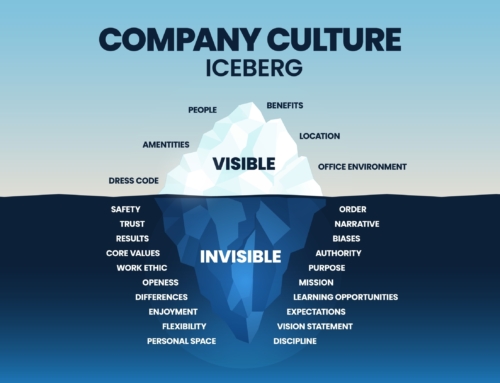When conflict arises in almost any situation, people immediately head to their corners and start to build the fortifications. Then when the conflict escalates they come out metaphorically swinging. If the conflict is around malicious intent then there is some argument to support this approach.
Facts are that
most of the conflicts we see are not based on malicious intent,
they are based on misunderstanding, misinterpretation,
assumptions, ignorance or conflicting goals,
all of which I put into the bucket of ‘best intentions’ gone wrong.
If someone has the best intentions but, for whatever reason, this leads to conflict then the logical path would be to take the time to understand the intention and simply correct the behaviour that has lead to the misunderstanding, wouldn’t you think? But we are always so quick to interpret behaviour as malicious. This has damaged or destroyed many relationships.
If I then place this malicious interpretation into a manager or senior company members hands (I avoid the ‘leader’ deliberately here) then where does it logically lead? It cant be good. Its surprising how many times this happens though.
I always say to people I’m coaching that
leadership is a choice you need to consciously make,
and one of the things you’re incumbent to do as a leader
is to modify your behaviour to best support your people,
not the other way around.
In other words look at your employees intention and help them to deliver their best intention through successful action and behaviour.
There are many things that can get in the way of a managers interpretation someone’s best intent, many times, in our experience however, it sits with the manager. We all make assumptions all the time about a whole variety of things, that, if you stopped and analysed the situation, wouldn’t lead to anything less than a suboptimal result, but who’s fault is that?
Back to the title of this article, if you can’t absolutely put your finger on malicious intent in your conflict then be the first the reach out, and if you want to move from manager to leader then do it each and every time, immediately. I have regained more valuable friendships from reaching out to clarify the misunderstanding than I’ve lost, and then enjoyed a richer and more meaningful relationship because of it. In the workplace you can’t afford to let misinterpretations and subsequent conflict define your management.
When its within the management team, although I understand that management could be defined as a ‘competition for scarce resources’
the good leader
is the one looking for
the best intentions of his colleagues and seniors, for the greater good.
Thereby always trying to avoid that Zero Sum Game.
In conclusion, don’t let conflict based on best intention get the better of you, be the first to reach out and reap the benefits of your leadership.
Career Life Transitions has extensive experience in skills assessment, leadership development, organisational restructures and organisational cultural assessment and development. For further information, how we can help transform your business and it’s people, please contact us.














Dr Susan Roberts says: